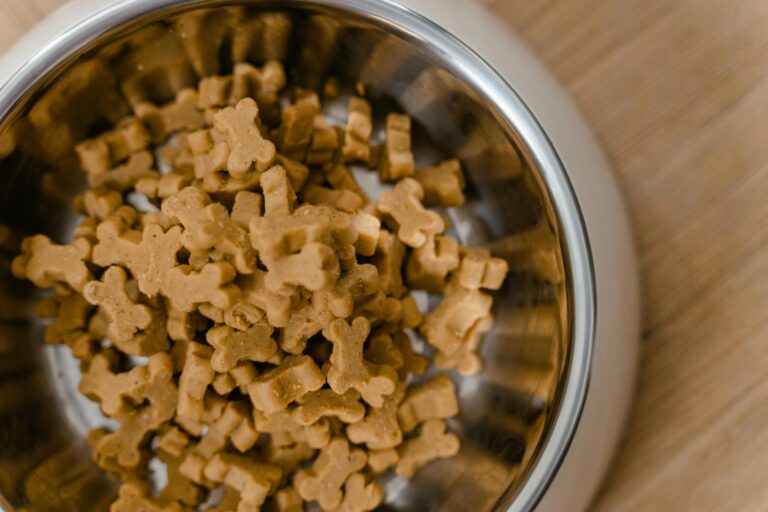How to Start an Elimination Diet for Your Pet: A Step-by-Step Guide

The gold standard for diagnosis is a veterinary-guided elimination diet—and doing it right is critical. If your pet has chronic itching, recurring ear infections, or unexplained digestive issues, there’s a good chance food could be part of the problem. But…
